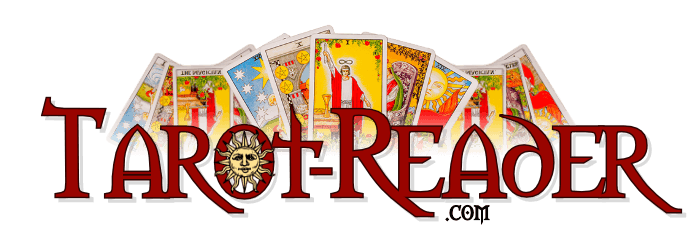Tarot Card Meaning: The Hermit
The Hermit stands atop the cold, snowy mountains surrounded by a twilight sky. He wears a gray robe and carries a golden staff/wand. He has a white beard, but he doesn’t look like an old man. He faces west, the direction of mystery and retreat, holding up a lantern with a six-pointed star.
The star doesn’t actually light his way; he’s not using it as a lamp for himself. He’s looking down in contemplation or prayer. The star is his, and he offers it to light the way for other people.
The Hermit has already achieved a spiritual epiphany, as shown by the blue sky around him. The white mountains and his white hair and beard show that he is wise and has been transformed to an innocent once again. His gray cloak shows that he now understands the nuances of things; he isn’t thinking in just black and white anymore. He blends into his surroundings, his ego dissolved.
The wand symbolizes fire, passion, and is the same wand from the minor arcana suit of wands. It also functions as a staff, which signifies his authority over those who come his way, and it’s in his left hand, showing that he is an authority of the secrets unknown to most.
When The Hermit card shows up in a tarot spread, it indicates that the client or querent must withdraw from not just the world, but also its own attachment to the world around it. It’s not enough to physically get away: one has to mentally, emotionally, and spiritually break free from the world in order to obtain enlightenment.
The Hermit card tells the querent to look inside for the answers, and to focus less on worldly achievements, but more on cultivating a deeper understanding and appreciation of all things. The Hermit is alone, but he isn’t despondent or deprived. He’s at peace. The querent will find peace by looking within.
This card can also represent an unlikely spiritual guide in the querent’s life, someone who doesn’t put themselves out to be a guru or leader, but is wise nonetheless. It may also mean that the querent should seek out someone who has no interest in worldly gains to help them.
When Reversed:
The Hermit card upside down means that the querent has been spending too much time navel-gazing and avoiding the world. The Hermit card shows the hermit just about to offer his light to others, though none are around just yet. When reversed, the card warned the querent to stop waiting, to go out and get what they want from the world, and put what they’ve learned to practical use.
The Hermit reversed can also indicate intellectual snobbery, a holier-than-thou attitude, or a general baseless rejection of others based on perceived superiority. Thus, the Hermit reversed can warn of false, fleeting wisdom.
It can indicate that one licks the wounds of rejection through thinking that they’re rejected because they’re superior. The Hermit isn’t rejected; it departs willingly from the world.
